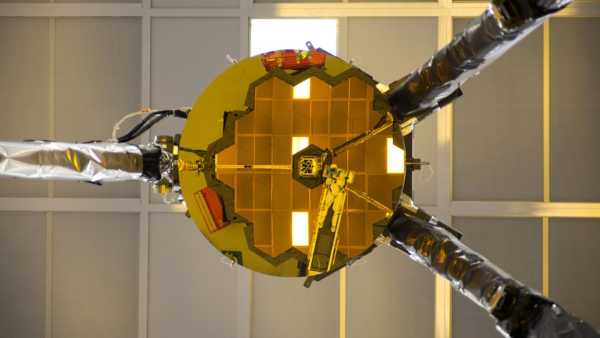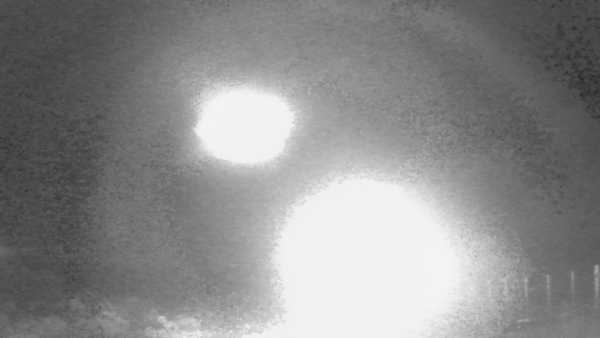
Unexplained lights captured on a wildlife camera in Patagonia puzzled researchers in January. (Photo: Rodrigo Bravo Garrido)
On January 21 at 00:22 local time, in the silence and darkness of Chile's Patagonia region, a camera trap used to monitor wildlife as part of a University of Magellan (UMAG) project captured three photographs in two seconds showing bright lights moving downwards.
Everyone was confused.
“On a camera placed at the edge of a meadow, quite far from public roads, and focused on a flat horizon, some lights appeared that we cannot explain,” biologist Alejandro Kusch told the UMAG podcast in August. “Apparently, these lights, initially far away, come closer and stay in front of the camera, blinding it, moving as if downwards.”
You may like
-
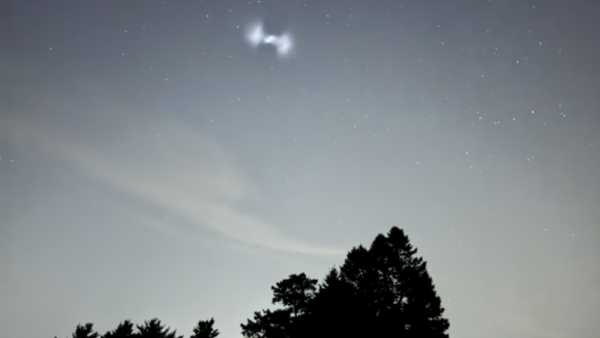
Ghostly 'spiral' Perseid meteor photobombs over several US states – and experts aren't sure what's causing them
-

Strange Radio Signals That Defy Physics Discovered Under Antarctica
-
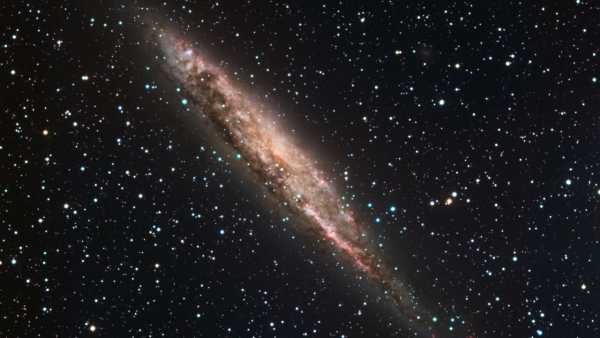
Scientists May Have Discovered a New Powerful Space Object: 'It Doesn't Fit into Any Known Category'
Kush is one of the leaders of the Public Baseline project, which uses 65 camera traps distributed between mainland Patagonia and Tierra del Fuego in southern Chile to record land animals, especially cats. At least 365,000 photos and videos have been collected since the project began in November 2023, but these three photos are the only ones that show the phenomenon.
UMAG has provided the images to organizations ranging from Chile's General Authority for Civil Aviation (SEFAA) to the UFO Museum in La Serena, as well as several specialists who analyze anomalous aerial phenomena.
Possible explanations ranged from an arachnid flying very close to the camera lens to a “plasmoid” – a short-lived form of plasma rarely seen in nature that could be responsible for phenomena such as ball lightning. But all the experts agreed: there is no definitive explanation at this time.
The sighting is unique because it was recorded as part of a scientific project, said Rodrigo Bravo, a researcher at the University of Madhya Pradesh's GEA (UMAG) and a member of the Public Baseline project. This means that there is no chance of fraud or manipulation, as the camera traps follow strict protocols and are equipped with infrared, motion detection and other features that prevent unauthorized access, he added.
“This isn't the first time that these kinds of phenomena have been described in this area, but it's the first time they've been recorded in this way,” Bravo told Live Science.
Image 1 of 3
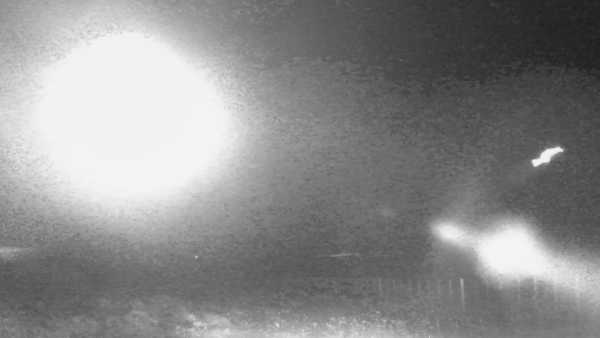
(Image courtesy of Rodrigo Bravo Garrido)
A series of images taken by a UMAG camera trap. The entire sequence took 2 seconds to record.
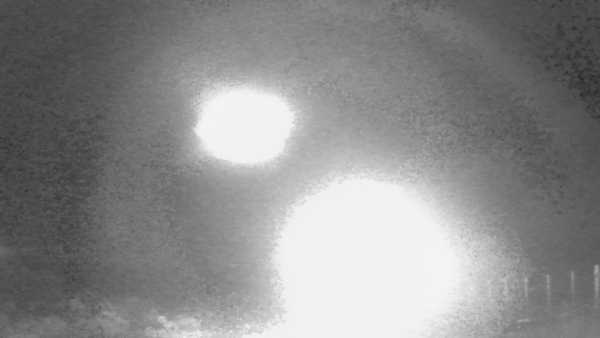
(Image courtesy of Rodrigo Bravo Garrido)
Sequence of recordings made by the UMAG camera trap.
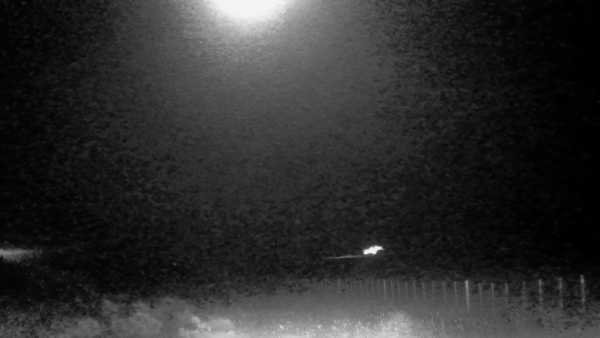
(Image courtesy of Rodrigo Bravo Garrido)
Sequence of recordings made by the UMAG camera trap.
Bad light
The local Mapuche traditionally speak of “bad lights” that they believe are spirits appearing in the fields, suggesting that camera traps have finally captured a phenomenon long known in the region.
You may like
-
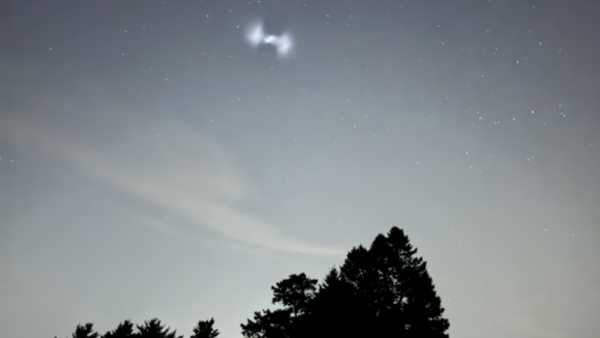
Ghostly 'spiral' Perseid meteor photobombs over several US states – and experts aren't sure what's causing them
-

Strange Radio Signals That Defy Physics Discovered Under Antarctica
-
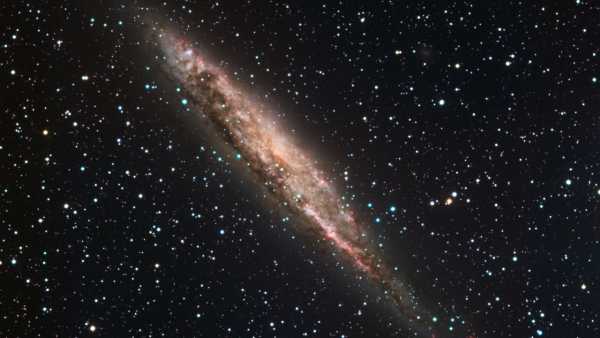
Scientists May Have Discovered a New Powerful Space Object: 'It Doesn't Fit into Any Known Category'
But even if these strange flashes are the “bad lights” that the Mapuche talk about, what are they?
One possibility is that the lights are unidentified aerial phenomena (UAPs), possibly belonging to a mysterious flying object. Some declassified Pentagon UAP files show similar characteristics, Bravo added. Generally, the low quality of the data means that most UAP sightings cannot be confirmed or explained, but common explanations include foreign spy drones and “airborne clutter” such as birds and weather balloons.
To test this possibility, UMAG sent photographs and videos to Freddy Alexis, who discusses UFOs and other unknown phenomena on his television programs on UCVTV, the channel of the Catholic University of Valparaiso.
Alexis wrote two reports on his findings, including trajectory, spectrographic, and relief analysis of the photographs and video. In the second report, he wrote that only one “light stimulus” was visible, not two, and that the other “light spots” were internal reflections of the lenses.
The primary light source, Alexis says, could be a plasmoid, or bubble of hot, ionized gas, held in place by Earth’s local magnetic field and able to remain stable for a few seconds. The most common atmospheric example is ball lightning, which is typically associated with thunderstorms. But that’s where his explanation runs into a snag. “It was summer, 46 degrees Fahrenheit, and there were no thunderstorms,” Alexis tells Live Science. “There were no atmospheric conditions for thunderstorms, so ball lightning is extremely unlikely.”
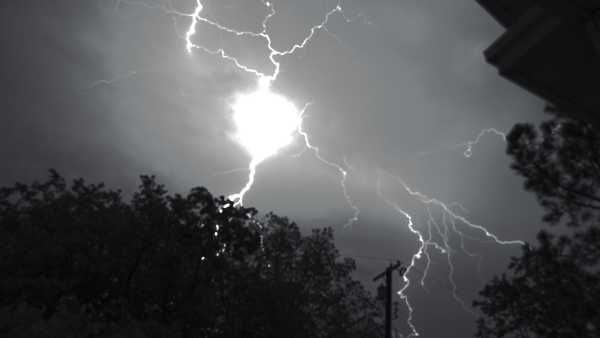
A photograph that captured a rare phenomenon – ball lightning. Ball lightning usually appears during thunderstorms, but on the day the recording was made, the weather was clear.
However, it has been suggested that more exotic plasmoids may arise under special conditions, such as short-term local changes in the Earth's magnetic field.
However, Alexis noted that there may be other, poorly understood atmospheric plasmoids, similar to the Hessdalen “mystery lights” in Norway. Like the Magellan phenomenon, these lights defy conventional explanations and may involve plasma structures that are still poorly understood.
In one of his reports, Alexis also calculated that, assuming it was a distant flying object, it was moving at 947 km/h, which is about 0.7 times the speed of sound. Alexis suggested that the lights may not be a flying object, but some plasmoids can move at high speeds, he added.
Strange creature
In a separate report, the La Serena UFO Museum suggested that a spider or moth may have accidentally hit the camera sensor. This is because in the first photo, something resembling an insect or arachnid can be seen at the edge of the image. However, in subsequent photos, the insect is not visible.
While one possibility is that the insect activated the camera, that would only explain why the photo was taken, not why the bright, spot-like light appears, he said.
Christian Riffaud, director of the UFO Museum in La Serena, who was also consulted on the UMAG report.
Riffault noted that camera traps are designed to minimize false alarms caused by insects, lasers and other irritants. He found the rapid succession of photos in which light appeared to move toward the camera puzzling and difficult to explain.
“It could have been two different phenomena: one natural phenomenon that was caught on camera, and one light phenomenon that remains unexplained,” Riffault told Live Science.
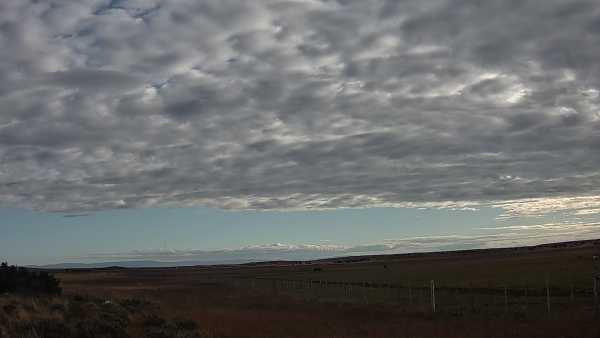
A shot from the same wildlife camera where the lights appeared, but during the day. There are no man-made structures nearby other than the fence.
Museum researchers analyzed before and after photographs taken with the same camera during the day and at night, in the presence of wild animals and in different atmospheric conditions, and reviewed the manufacturer's manuals to rule out technical glitches. So far, “they have found no explanation,” Riffault said.
For this reason, researchers from the La Serena UFO Museum are planning to conduct their own fieldwork in the area to collect additional data and analyze other local parameters such as terrain, lighting conditions and environmental factors.
RELATED STORIES
— “Strange” stellar impulses discovered in search for extraterrestrial intelligence
— Here we go again! The controversial article asks whether the interstellar visitor 3I/ATLAS is a “possibly hostile” alien technology under cover.
—Cosmic rays may help support alien life on planets outside the 'Goldilocks zone'
Bravo added that the monitoring project in the area is planned to be extended for another 10 years, with more camera traps planned, giving hope that the strange phenomenon can be captured again.
“The scientists involved in the study are eager to find out what it was. That's science, too: It's about finding out what's going on in nature,” Bravo said.
Meanwhile, the mystery remains, and so scientists and those interested in anomalous aerial phenomena are working together to solve it.

Maria de los Angeles Orfila, Live Science contributor
María de los Ángeles Orfila is a science journalist based in Montevideo, Uruguay, known for her long-form articles in El País and El Observador. She was also a participant in The Open Notebook’s Sharon Dunwoody 2023 Mentorship Program and has published in Science, Scientific American, Discover Magazine, and other publications.
You must verify your public display name before commenting.
Please log out and log back in. You will then be prompted to enter a display name.
Exit Read more
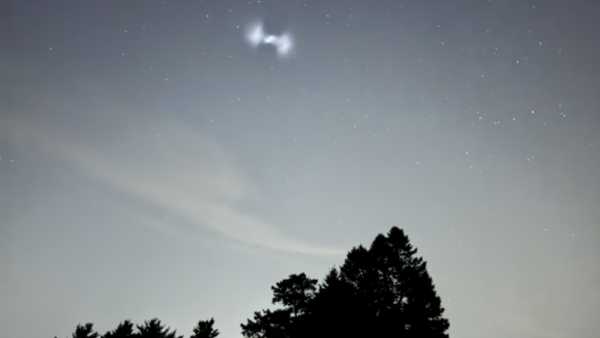
Ghostly 'spiral' Perseid meteor photobombs over several US states – and experts aren't sure what's causing them

Strange Radio Signals That Defy Physics Discovered Under Antarctica
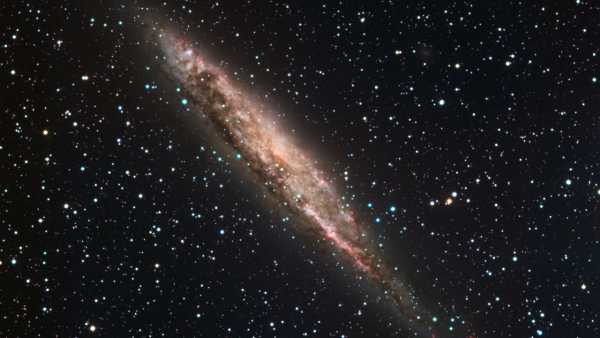
Scientists May Have Discovered a New Powerful Space Object: 'It Doesn't Fit into Any Known Category'
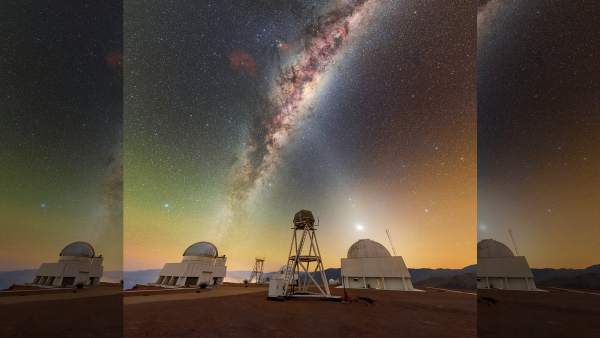
Giant 'X' symbol appears over Chile as two intersecting celestial beams of light: Space Photo of the Week
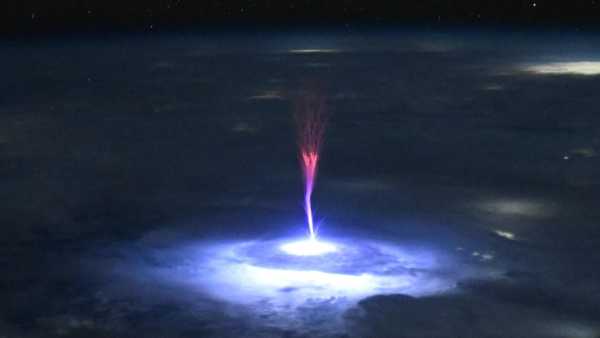
Astronaut Photographs Giant Red 'Jellyfish' Over North America During Upward Lightning
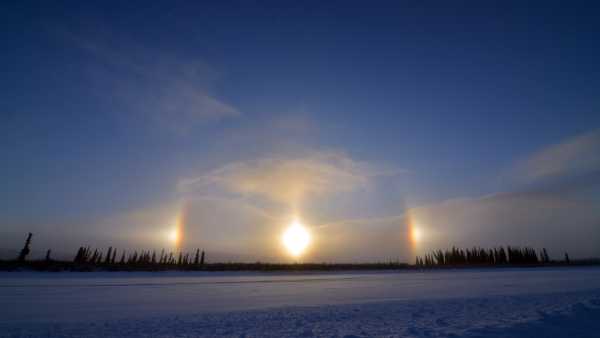
James Webb Space Telescope Suggests Stunning 'Sun Dogs' Could Be Flashing in Alien Skies
Latest news about extraterrestrial life

Will the James Webb Telescope finally lead us to alien life?

Cosmic rays may help support alien life on planets outside the 'Goldilocks zone'
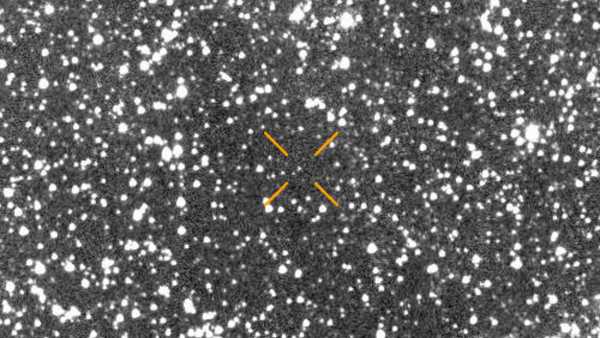
The controversial article raises the question of whether the interstellar visitor 3I/ATLAS is “possibly hostile” alien technology in disguise.

Aliens: Facts About Extraterrestrial Life and How Scientists Are Looking for It
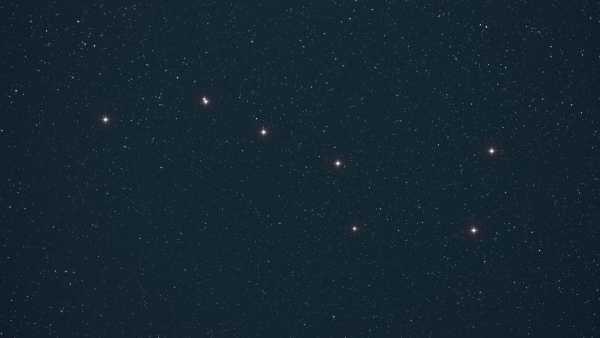
'Strange' Stellar Pulses Discovered in Search for Extraterrestrial Intelligence

Did the James Webb Telescope Really Find Aliens? The Truth About K2-18b
Latest Features
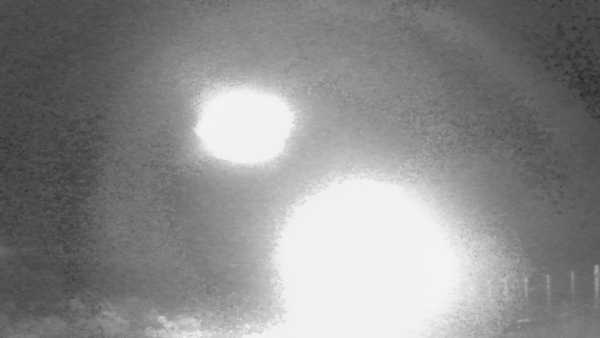
A camera trap in Chile has captured strange lights flashing in the wild. Researchers are trying to explain them.

Climate action faces a new threat: pessimists who believe it is too late to act
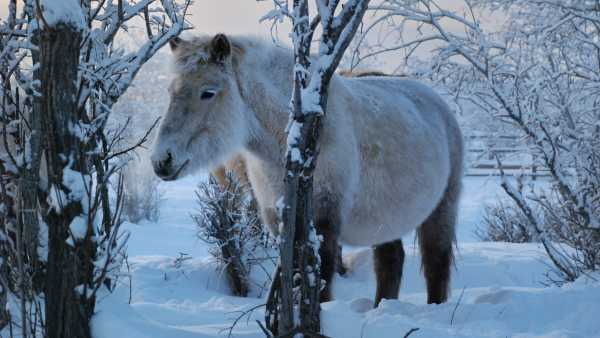
How the Secret of the Origin of the Little Hairy Yakut Horses Was Revealed in the Siberian “Gateway to the Underworld”

Woman Constantly Tastes Like Bleach — And Doctors Find Hidden Cause in Her Blood

Kneeling Bull: Iran's 5,000-Year-Old Hybrid Creature With Mysterious Purpose
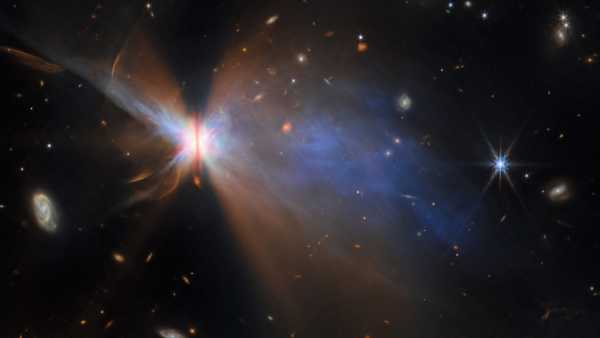
James Webb Space Telescope Spots Deformed 'Butterfly Star' Shedding Chrysalis – Space Photo of the Week
LATEST ARTICLES

1,350-Year-Old Mummified Head From Bolivia Is Not What It Seems
Live Science is part of Future US Inc., an international media group and leading digital publisher. Visit our corporate website.
- About Us
- Contact Future experts
- Terms and Conditions
- Privacy Policy
- Cookie Policy
- Accessibility Statement
- Advertise with us
- Web Notifications
- Career
- Editorial Standards
- How to present history to us
© Future US, Inc. Full 7th Floor, 130 West 42nd Street, New York, NY 10036.
var dfp_config = { “site_platform”: “vanilla”, “keywords”: “type-feature,serversidehawk,videoarticle,van-enable-adviser-
Sourse: www.livescience.com



